- UK Home
- England
- N. Ireland
- Scotland
- Alba
- Wales
- Cymru
- Local News
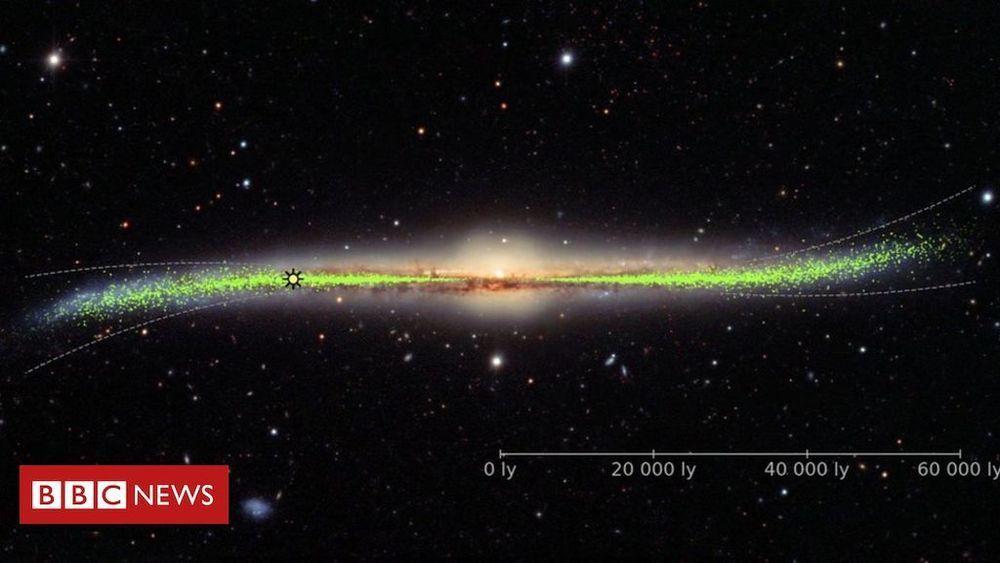

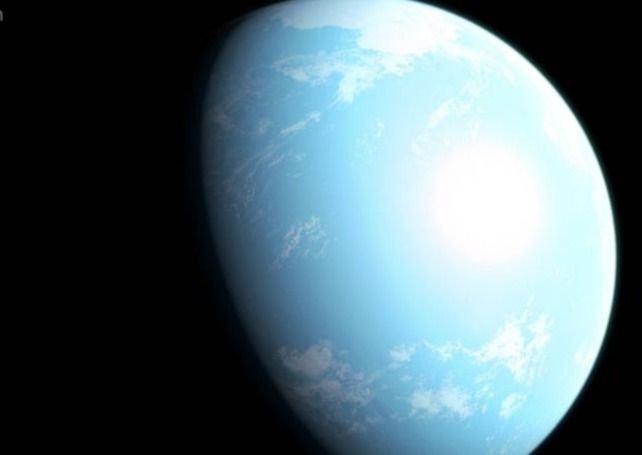
A NASA satellite has discovered a planet that could have the perfect conditions to host life.
The planet, which is about 31 light-years away from us, was picked up by the space agency’s TESS satellite and its conditions could support life, according to a bunch of scientists who have been researching it.
NASA has given the planet the name GJ 357 d, which isn’t very catchy, but researchers have given it the nickname ‘super-Earth’, due to the fact it has similar conditions to Earth but is much bigger.
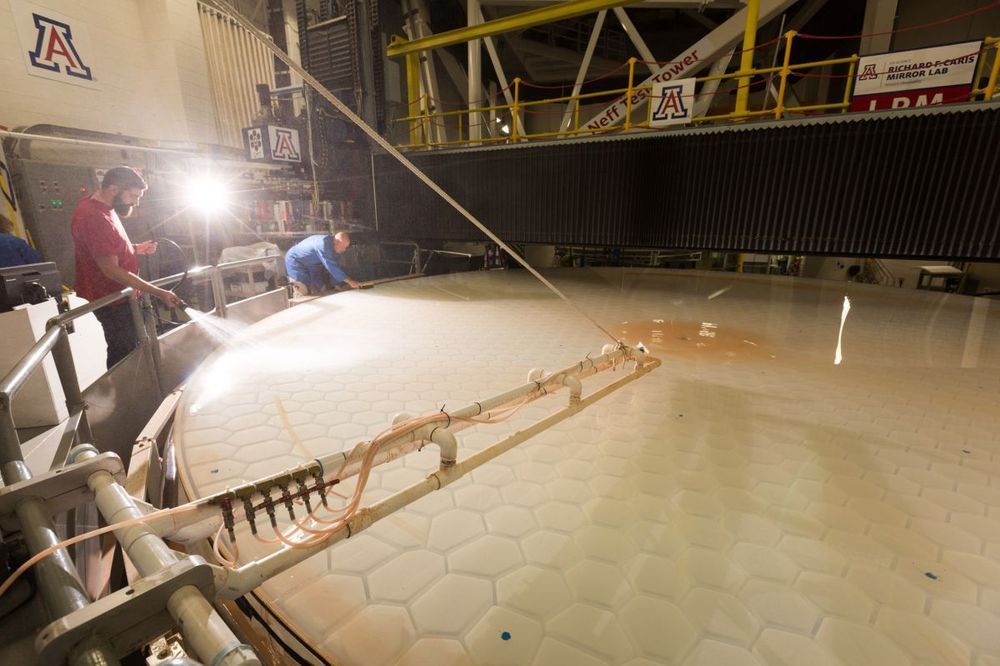
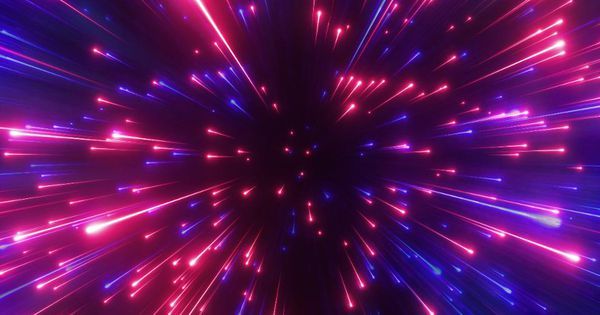
The phenomenon known as “tunneling” is one of the best-known predictions of quantum physics, because it so dramatically confounds our classical intuition for how objects ought to behave. If you create a narrow region of space that a particle would have to have a relatively high energy to enter, classical reasoning tells us that low-energy particles heading toward that region should reflect off the boundary with 100% probability. Instead, there is a tiny chance of finding those particles on the far side of the region, with no loss of energy. It’s as if they simply evaded the “barrier” region by making a “tunnel” through it.
It’s very important to note that this phenomenon is absolutely and unquestionably real, demonstrated in countless ways. The most dramatic of these is sunlight— the Sun wouldn’t be able to fuse hydrogen into helium without quantum tunneling— but it’s also got more down-to-earth technological applications. Tunneling serves as the basis for Scanning Tunneling Microscopy, which uses the tunneling of electrons across a tiny gap between a sharp tip and a surface to produce maps of that surface that can readily resolve single atoms. It’s also essential for the Josephson effect, which is the basis of superconducting detectors of magnetic fields and some of the superconducting systems proposed for quantum computing.
So, there is absolutely no debate among physicists about whether quantum tunneling is a thing that happens. Physicists get a bit twitchy without something to argue over, though, and you don’t have to dig into tunneling (heh) very far to find a disputed question, namely “How long does quantum tunneling take?”

An international group of astronomers discovered the planet using NASA’s Transiting Exoplanet Survey Satellite (TESS) earlier this year in the constellation Hydra, about 31 light-years from Earth, according to a statement by NASA. (One light-year is the distance light travels in a year, about 6 trillion miles, or 10 trillion kilometers.)
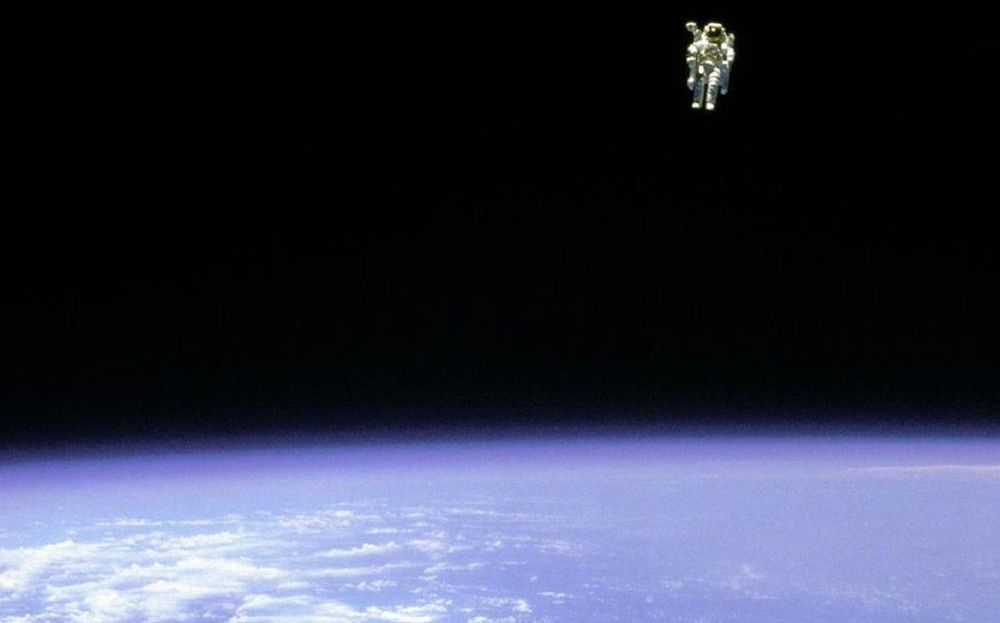
FAIRY-SIZED astronauts will become humanity’s weapon of choice when it comes to exploring the universe.
That’s the shock claim made by one expert, who reckons by the end of the century we’ll be creating tiny people with wings to travel to new worlds for us.
Dr Ian Pearson, a “futurologist” – someone who specialises in predicting future tech trends – says we’ll soon be able to genetically engineer folk of all shapes and sizes.
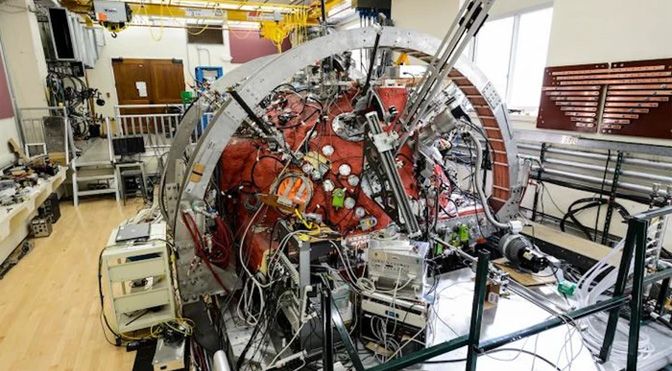
The sun is easy to spot in the sky, and it’s not very far away in astronomical terms. So, scientists have spent a great deal of time studying our local life-giving star. However, the sun is also a nuclear inferno that will eradicate any people and most robots that get too close. To study the star up close, researchers at the University of Wisconsin-Madison built a miniature sun. They call it the Big Red Ball (BRB), and it could help us understand some fundamental solar processes.
Like most main sequence stars, the sun is a giant ball of hydrogen massive enough to sustain a nuclear fusion reaction. The hydrogen fuses into helium, and helium eventually fuses into heavier elements as stars exhaust their fuel. The sun still has plenty of life left, so it’s mostly hydrogen with about one-quarter helium.
The BRB uses helium to create analogous conditions to those on the sun, but without all that pesky nuclear fusion. As experiments have shown, it’s extremely difficult to maintain nuclear fusion on Earth. The BRB is a hollow sphere almost ten feet (three meters) in diameter. The team filled that space with helium gas (which again is a major component of the sun) and ionized it with microwave heating to form a sun-like plasma. Powerful magnets confine the plasma, and an electrical current causes the miniature sun to spin a bit like the real one.
We study the condensation of closed string tachyons as a time-dependent process. In particular, we study tachyons whose wave functions are either space-filling or localized in a compact space, and whose masses are small in string units; our analysis is otherwise general and does not depend on any specific model. Using world-sheet methods, we calculate the equations of motion for the coupled tachyon-dilaton system, and show that the tachyon follows geodesic motion with respect to the Zamolodchikov metric, subject to a force proportional to its beta function and friction proportional to the time derivative of the dilaton.
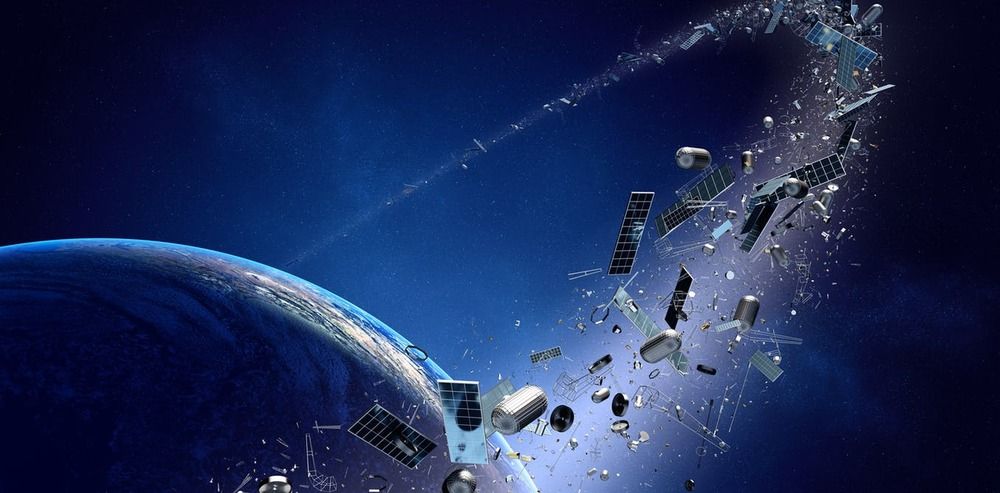
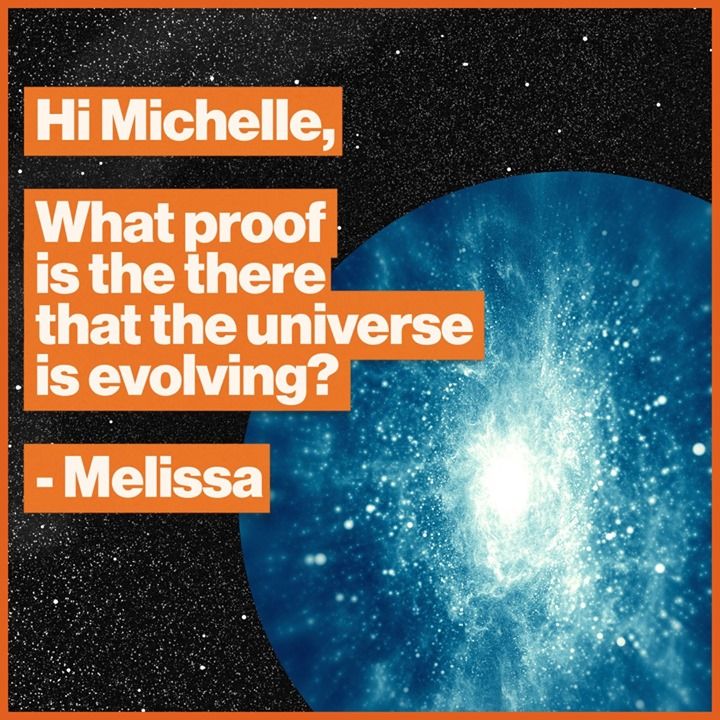
Stargazing is a form of time travel.